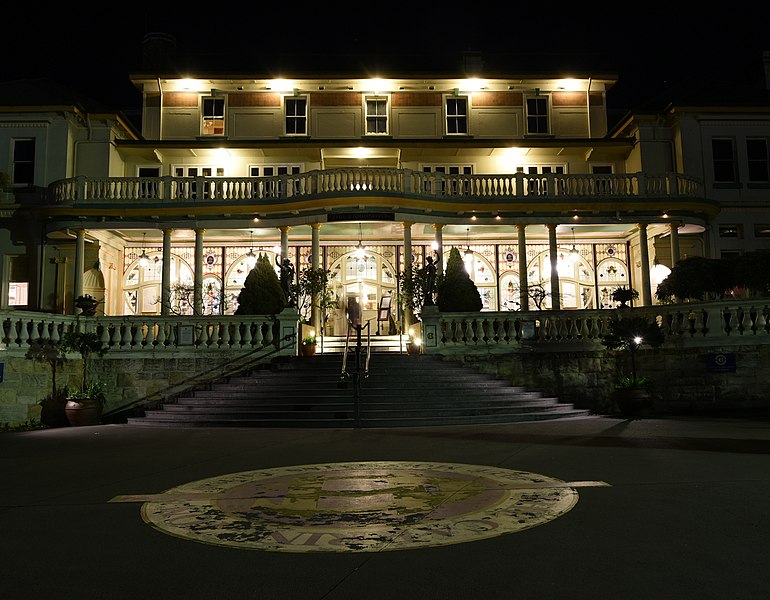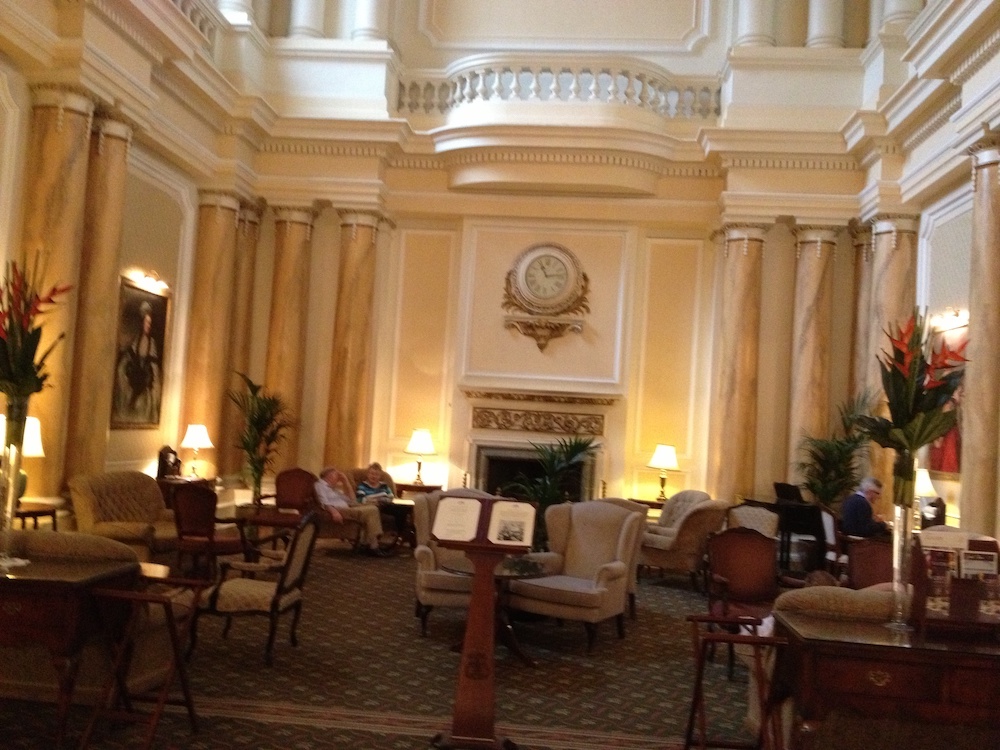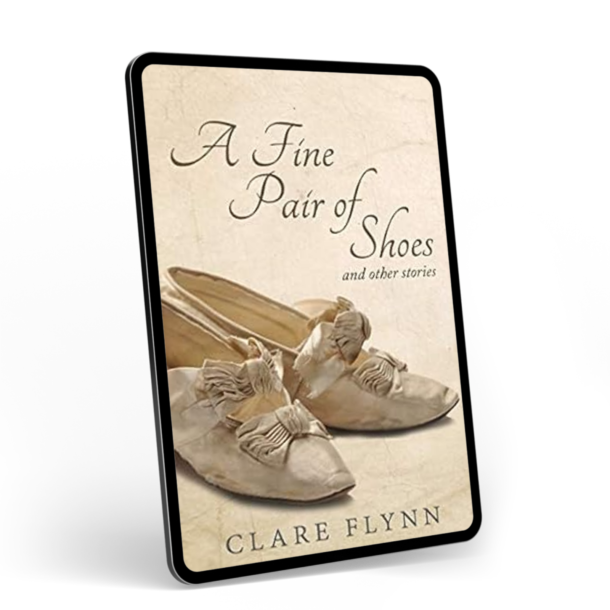Yesterday I posted on Facebook about the horrible fire at the Claremont Hotel on the seafront here in Eastbourne. You can see what’s left of it this morning from this image – courtesy of East Sussex Fire and Rescue. My post prompted a question from one of my readers, Lynn, as to whether it was the hotel that had featured in The Chalky Sea, which is set here in wartime Eastbourne. It wasn’t. But Lynn’s question gave me the idea of writing this post, as in fact I have used three Eastbourne Hotels in my books, The Cavendish and the Hydro in The Chalky Sea and The Grand in Kurinji Flowers. I also borrowed and renamed a hotel in Katoomba Australia for a wedding scene in A Greater World, used The Hotel du Palais in Biarritz in The Gamekeeper’s Wife, and my latest novel The Pearl of Penang has a chapter which takes place in the Eastern & Oriental Hotel in George Town. Either I’m a bit of a hotel freak or they make great settings!
Why do hotels make great locations for dramatic scenes?
There are several reasons. Firstly, older hotels are often blessed with fabulous architecture and impressive public rooms as well as often being steeped in history. They are also places where people are passing through – staying for a holiday, attending a function or going out for a special dinner. This can make them the perfect setting for dramatic events.
Whether to use the hotel’s actual name or not?
I decide this based on whether the hotel concerned is in a town or a city that I have specifically named. As my town, McDonald Falls in A Greater World was a fictional creation – although with many elements inspired by Katoomba – I needed to change the name of the hotel from the one which inspired me – The Carrington – and it became The Queen Alexandra Hotel. I have never stayed in the Carrington but I did go there for lunch to do a spot of scouting and sneaked into the main dining room and ballroom to take photos as they were closed at the time. I’ve lost the pictures I took but here is one of the exterior (courtesy of Sardaka Wikimedia Commons)

“The celebrations were held in the vast dining room of the Queen Alexandra Hotel. It was a very grand building, looking out over formal gardens to the town. Elizabeth was surprised at the grandeur, relative to the size of the town, but remembered that there was plenty of money pouring into the mountains from wealthy tourists and weekenders who expected the same high standards they enjoyed in Sydney. The ceiling was decorated with elaborate cornicing and two enormous glass chandeliers. Romanesque arches ran down each side of the room and ornate columns supported the high ceiling. Kidd must have bought up every florist in Sydney and the room was filled with the scent of flowers.”
In The Pearl of Penang I kept the name for the Eastern & Oriental (known as the E&O) as this hotel has always been a landmark location in GeorgeTown. I haven’t stayed there but relied instead on historical accounts of the magnificent floral displays and the regular Sunday evening concerts. I used the E&O as the location for the day war was declared – making September 3rd 1939 the night of Douglas Barrington’s birthday dinner. It happened to be a Sunday so The E&O was an obvious place for dining and dancing. I have no idea whether in the light of the declaration of war, the E&O actually cancelled their Sunday concert – probably not – but I decided to do so!
“As she spoke, the maitre d’ announced over the microphone that the resident orchestra would not be performing as it was judged inappropriate in the light of the events of the day. There was not so much as a murmur of disapproval, apart from Veronica, who confined her protest to a rolling of the eyes, then said, ‘It’s ludicrous to be cancelling things when there’s not yet been a shot fired.”
In The Gamekeeper’s Wife, another famous hotel is the scene of another disastrous honeymoon (no – neither of these are based on personal experience!!) – the Hotel du Palais in Biarritz. I was sooooo tempted to book myself a scouting trip there, but in the end it didn’t work out. The hotel provide a useful video tour on their website and I researched its history as well, so a trip in person would have been overindulgent! You have probably seen the Palais on TV as it hosted a recent G7 meeting.
“Their suite in Le Palais hotel was sumptuous and spacious, with twin bathrooms, a large bedroom and a comfortable drawing room. Chilled champagne, flowers and chocolates awaited them, and Lavinia immediately perked up. They retired after dinner, both exhausted from the journey. When Kit returned from the bathroom and got into bed he found his wife was already sleeping or, he thought, more likely feigning it.”
Nothing beats actually visiting
When I wrote Kurinji Flowers, I decided a visit to the Grand Hotel, where my main character spends her honeymoon, was essential. I wanted this chapter – where Ginny has a miserable time – to draw out the contrast between what is a beautiful hotel and her own experience there. I wrote to the hotel and asked if I could have a good look around and drove down from London to visit. They gave me a complete tour – including a look inside several bedrooms and suites as well as all the public rooms, told me about the history and presented me with a wonderful book about the hotel’s varied and fascinating history. This was absolutely invaluable when I came to write Kurinji Flowers.
“The strains of the chamber orchestra rose to meet us from the lounge hall as we went down the stairs. The sweetness of the strings was complimented by the lush sound of the Mustel organ. They were playing Limelight, and the violin soared above the rich double bass before the other instruments swept in to join them. I felt a sudden release of tension and slipped my hand into his. I decided I was going to miss him when he left me in a couple of days. I felt warm inside and happy for the first time I could remember.”

But the morning after, things are not so rosy –
“When the scream of seagulls signalled the imminent dawn, I grabbed my dressing gown and went out onto the stone balcony to watch the light come up over the wintry sea. I leaned on the balustrade, shivering as the outline of bare pine trees, twisted and bent by years of wind, emerged from the darkness. It was hard to imagine the sun ever shining down on the tennis courts, denuded of their nets for the winter. It all looked so bleak.”
The two other Eastbourne hotels I used are less intrinsic to the story of The Chalky Sea – but I know them both well. These days The Cavendish is not a hotel I’d recommend, as it appears, despite its illustrious past, to have positioned itself at the bottom of the market nowadays as far as service and maintenance are concerned. It was once a fine hotel and was badly bombed during the War. I used that in the novel:
“The familiar walk along the seafront took her past hotels that were boarded up, or housed airmen and soldiers where once they had welcomed holidaying families. Gun emplacements were on the hotel roofs, metal fencing and barbed wire closed off the beaches. In front of her the Cavendish Hotel had lost its east wing back in May, leaving a gaping space where she and Daphne had once stood side-by-side powdering their noses and talking about the inscription on her powder compact. A line from a poem by Yeats drifted through her mind: ‘All changed, changed utterly: A terrible beauty is born.’ Yes, it was all changed utterly, but there was no beauty, terrible or otherwise. On this dull wintry day it was desolate, bleak, grey.”
The Hydro Hotel only has a very minor walk-on part in The Chalky Sea – although it has a great position above the town and a splendid Edwardian interior.
The additional bonus of setting key scenes in hotels is that it could offer me a reason for a stay. Maybe I need to choose a fabulous place, book myself a break there, and hope I get inspired. Any suggestions?


Great write up Clare! Thank you!